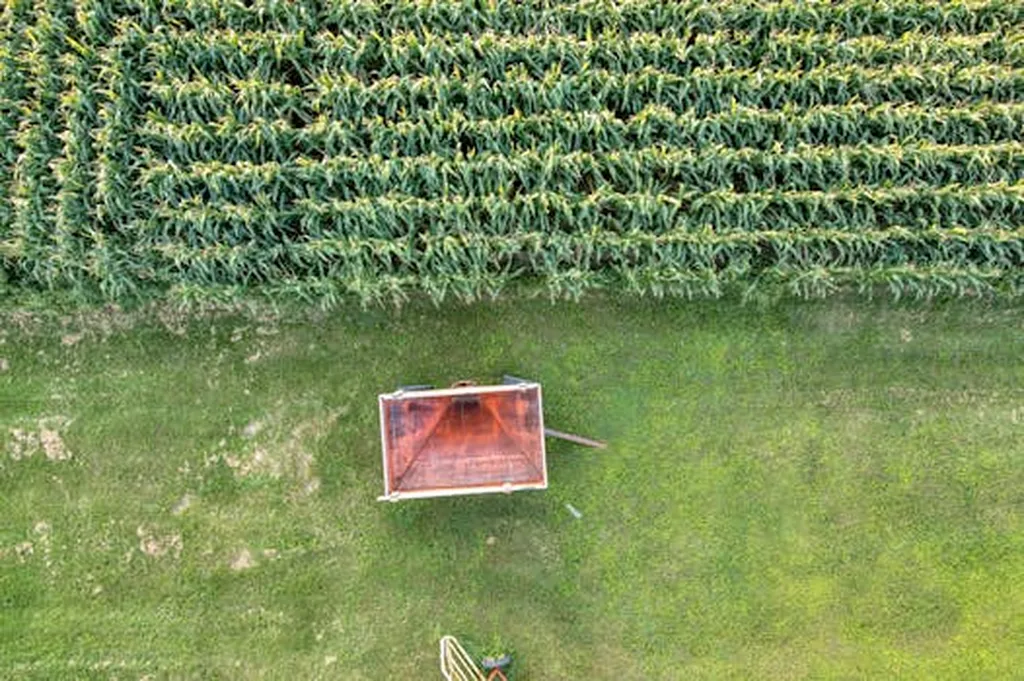In the heart of Bulgaria’s fertile north, a silent battle is being waged—not against pests or diseases, but against the unintended consequences of modern agriculture. Angelina Mikova, a researcher at the Institute of Soil Science, Agrotechnologies, and Plant Protection “N. Pushkarov” in Sofia, has been leading the charge, investigating how human activities are reshaping the region’s Leached Chernozems.
Her recent study, published in the journal *Soil Science, Agrochemistry, and Ecology* (Почвознание, агрохимия и екология), sheds light on the delicate balance between productivity and environmental stewardship. “Increasing anthropogenic impacts and incorrect agricultural practices are loading farmlands and creating significant environmental risks,” Mikova explains. These risks range from biodiversity loss and acidification to the pollution of surface and groundwater, posing threats that extend beyond the farmgate.
Mikova’s research focuses on maize monocultures, a common sight in the region’s irrigated fields. Over several years, she and her team have been testing different agricultural practices to minimize environmental harm while maintaining high yields. Their findings underscore the importance of balanced nitrogen fertilization, a practice that can help incorporate nitrogen into the biological cycle of substances, reducing environmental risks.
“The realization of crop productivity and maximum use of the potential of soil resources are guaranteed under such conditions,” Mikova states, highlighting the dual benefits of sustainable practices. By applying modern scientific approaches, farmers can maintain a sustainable balance in agro-ecosystems, ensuring long-term productivity and environmental health.
The implications of Mikova’s research extend beyond Bulgaria’s borders. As global demand for agricultural products continues to rise, so does the pressure on farmlands. The study’s findings could guide farmers and policymakers worldwide in adopting practices that align with the Nitrate Directive and other environmental regulations. Moreover, the emphasis on good agricultural practices could help mitigate the environmental risks associated with intensive farming, safeguarding water resources and biodiversity.
For the energy sector, the research offers a reminder of the interconnectedness of different industries. As the world transitions towards renewable energy sources, the demand for bioenergy crops is expected to rise. Ensuring that these crops are grown sustainably will be crucial in minimizing the environmental footprint of the energy sector.
Mikova’s work serves as a stark reminder that the path to sustainable agriculture is not linear. It requires continuous research, adaptation, and collaboration among farmers, scientists, and policymakers. As she puts it, “The application of modern scientific approaches for elaboration of specific technology components is an important prerequisite for maintaining a sustainable balance of agro-ecosystems and correct land management.”
In the face of growing environmental challenges, Mikova’s research offers a beacon of hope, demonstrating that it is possible to strike a balance between productivity and sustainability. As the world grapples with the realities of climate change, her work serves as a testament to the power of science in shaping a sustainable future for all.

